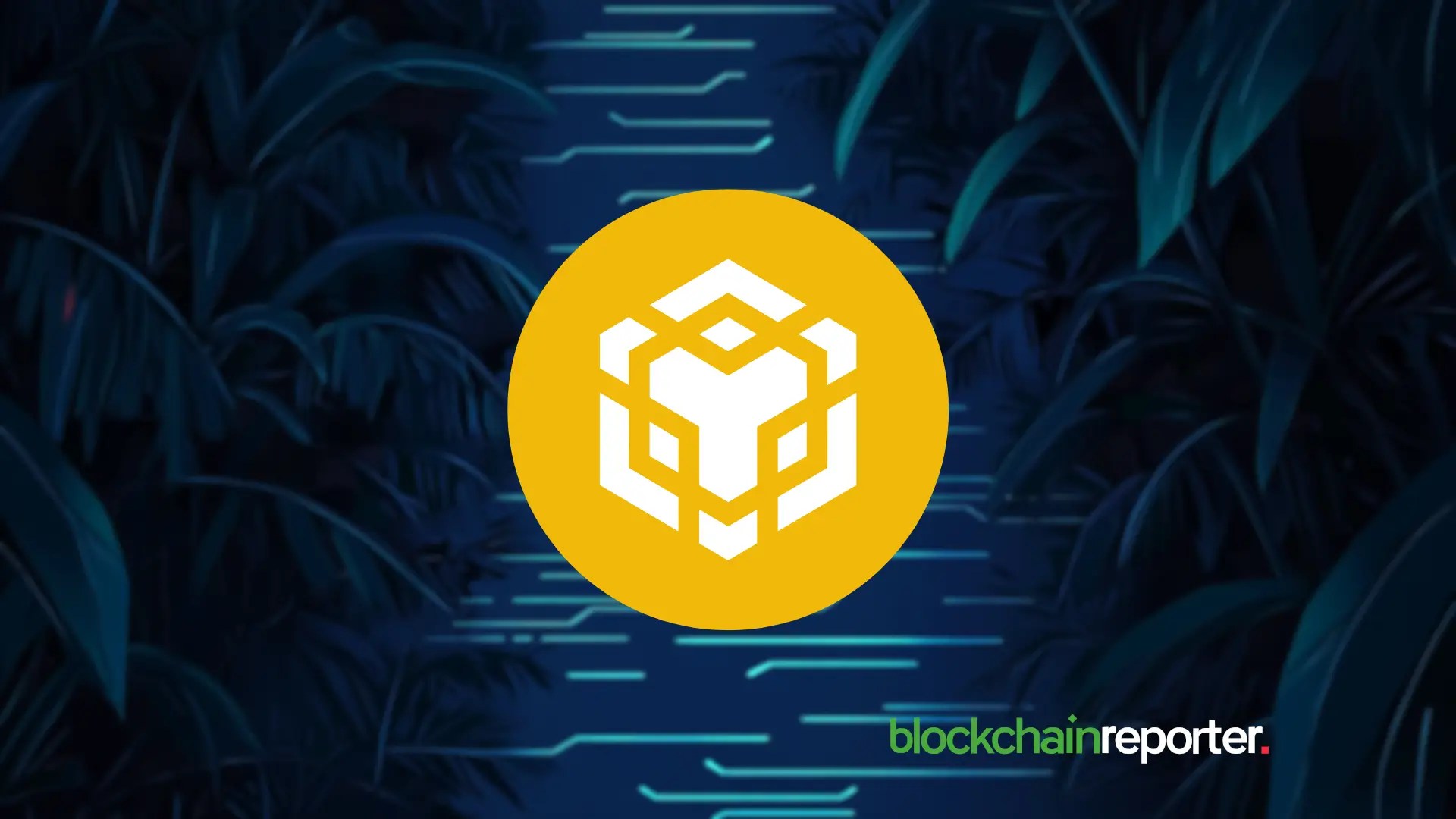07.09.2025 14:26
According to internet sources, the meme token market is experiencing a shift, prompting early holders to reassess their Shiba Inu (SHIB) price predictions for the coming years. Despite maintaining a substantial community, SHIB's growth appears to have decelerated.
Consequently, investors are increasingly turning their attention to Layer Brett (LBRETT), a novel Ethereum layer-2 project that uniquely combines meme culture with tangible blockchain capabilities. Currently priced at $0.0055 during its presale, and boasting staking rewards of up to 900% APY, LBRETT is rapidly gaining recognition as a potential high-growth cryptocurrency.
Reflecting on the past, SHIB reached its peak in October 2021 at $0.0000725, transforming modest investments into considerable fortunes. This demonstrated the potential of community-driven momentum to generate substantial gains. The introduction of Shibarium brought layer-2 scaling to SHIB, illustrating the capacity for meme coin projects to evolve. However, with a market capitalization remaining around $7.2 billion, questions arise regarding the feasibility of another significant rally. In contrast, Layer Brett distinguishes itself by launching directly as an Ethereum layer-2 solution, designed for scalability from its inception. While a revised Shiba Inu price forecast might indicate steady expansion, Layer Brett provides early investors with the kind of asymmetrical upside that was once associated with SHIB.
Layer Brett sets itself apart by prioritizing both performance and rewards. Its key features include: exceptional transaction speeds and minimal costs (up to 10,000 transactions per second with gas fees as low as $0.0001), substantial staking rewards (up to 900% APY for early participants), practical utility (built on the Ethereum layer-2 for genuine scalability and DeFi applications), and a community-centric design (a fixed supply of 10 billion tokens, transparent tokenomics, and a $1 million giveaway to encourage participation). With an LBRETT price of $0.0055, the entry cost remains low.











